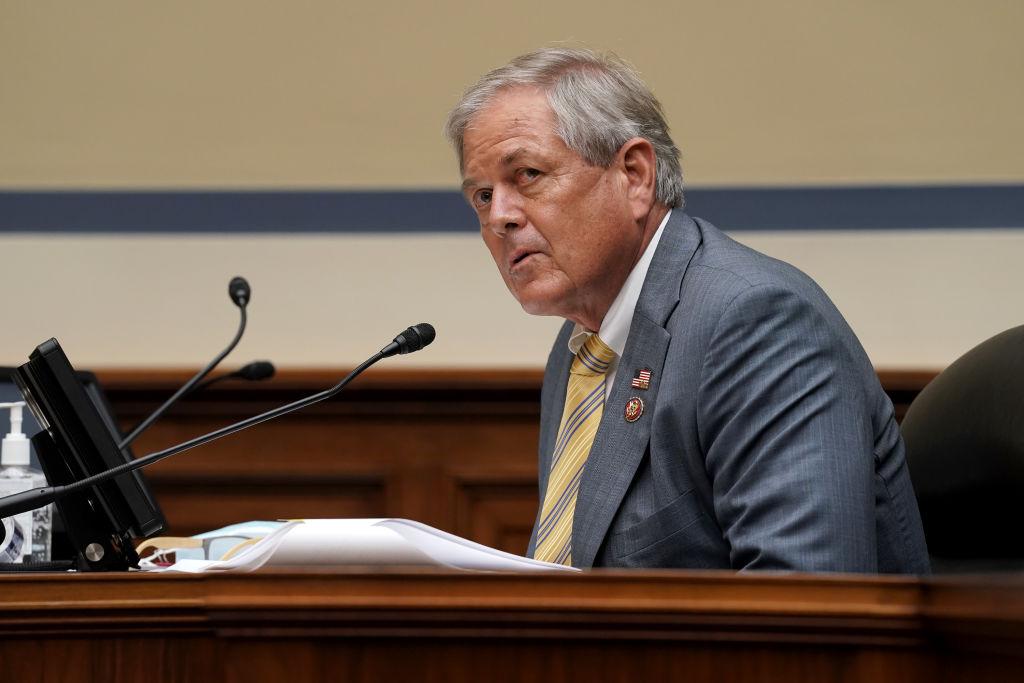Gasoline retailers had a banner year in 2022, earning $59.2 billion nationwide, surpassing the prior record by almost $15 billion. A study by Lundberg Survey, which provides statistical reports to the oil industry, found that retail margins surged from July 2022 onward, following President Joe Biden’s drawdown of the Strategic Petroleum Reserve (SPR).
A year of volatile swings in the price of oil has turned out to be quite the boon for many of the big gasoline companies.




